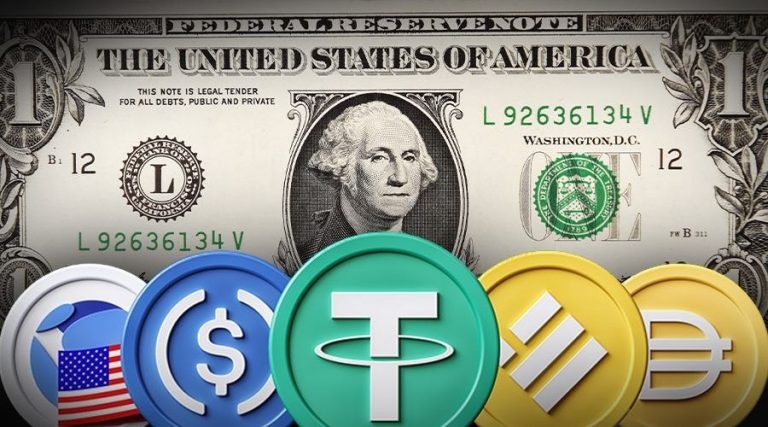
In a significant move that aligns with the upcoming regulatory changes in the European Union, Coinbase, one of the leading cryptocurrency exchanges, has announced its plan to delist USDT and other non-compliant stablecoins by the end of 2024. This decision comes as a response to the EU’s Markets in Crypto-Assets (MiCA) regulation, which aims to establish a comprehensive framework for digital assets and their associated activities within the European market.
The MiCA regulation, which began regulating stablecoin issuers on June 30, mandates that all stablecoins available in the European Economic Area (EEA) must hold an e-money license in at least one EU member state. This regulation directly affects leading tokens like Tether’s USDT (USDT), which may be forced off the Coinbase platform unless it obtains the required authorization.
Coinbase’s commitment to compliance is evident in their statement, indicating that they intend to restrict the provision of services to EEA users in connection with stablecoins that do not meet the MiCA requirements by December 30, 2024. The exchange has also indicated that European users will be offered conversion options to compliant stablecoins, such as Circle’s USD Coin (USDC), in the coming months.
Tekedia Mini-MBA edition 16 (Feb 10 – May 3, 2025) opens registrations; register today for early bird discounts.
Tekedia AI in Business Masterclass opens registrations here.
Join Tekedia Capital Syndicate and invest in Africa’s finest startups here.
Coinbase’s decision to delist non-EU-regulated stablecoins, including USDT, has significant implications for traders, especially those operating within the European Union. This move is in response to the upcoming Markets in Crypto-Assets (MiCA) regulation, which aims to establish a uniform regulatory framework for crypto-assets in the EU.
Traders may need to reassess their portfolios, especially if they hold a significant amount of non-compliant stablecoins. They might have to convert these assets into compliant ones or withdraw them from the platform before the delisting takes effect. The removal of popular stablecoins like USDT could impact market liquidity. As traders transition to compliant alternatives, there may be temporary liquidity constraints, affecting the ability to execute large trades without slippage.
Traders will have to stay informed about regulatory changes and ensure their trading activities comply with the new rules. This could involve additional administrative work and adjustments to trading strategies. With Coinbase offering conversion options to compliant stablecoins such as USDC, traders might witness a shift in stablecoin preference within the market. This could potentially lead to a change in the dominance of certain stablecoins.
The delisting could accelerate the adoption of compliant stablecoins. Traders may start using these alternatives more frequently, leading to increased demand and possibly affecting the valuation of these assets. Overall, Coinbase’s decision reflects the broader industry trend towards regulatory compliance. Traders will need to adapt to these changes, which could bring both challenges and opportunities in the evolving crypto landscape.
Other crypto platforms like OKX, Bitstamp, and Uphold have already taken steps to limit the availability of noncompliant stablecoins, including USDT. With competition in the stablecoin market heating up, companies like Robinhood and Revolut are exploring the development of their own stablecoins to challenge Tether and Circle’s dominance.
The delisting of non-compliant stablecoins by Coinbase is a clear signal to the market that regulatory compliance is not optional. It underscores the importance of adhering to the legal frameworks established by governing bodies, particularly in regions like the EU, where financial regulations are stringent. For users, this development may mean a shift towards more regulated and potentially more stable digital assets, as the industry continues to mature and integrate with traditional financial systems.
As the deadline for compliance draws near, the crypto community will be watching closely to see how other exchanges and stablecoin issuers respond to the MiCA regulations. The impact of these regulations on the stability and liquidity of the crypto market in Europe will be a subject of much analysis and discussion in the months to come.




If you have lost money fraudulently to any company, broker or account manager and want to retrieve it, then contact ESTEEPMORGAN AT CONSULTANT DOT com he will help